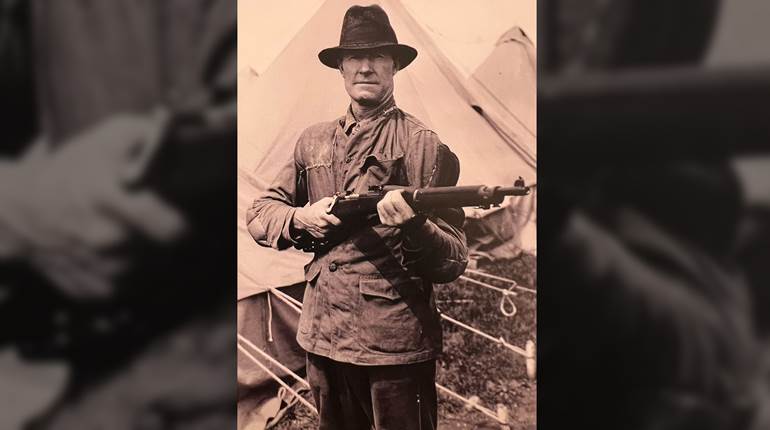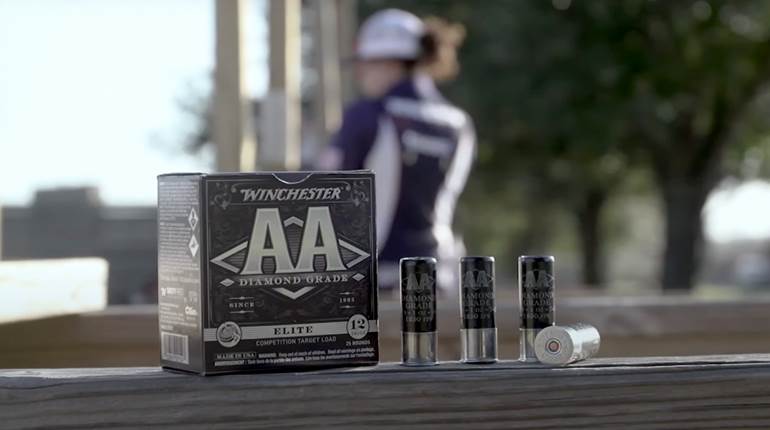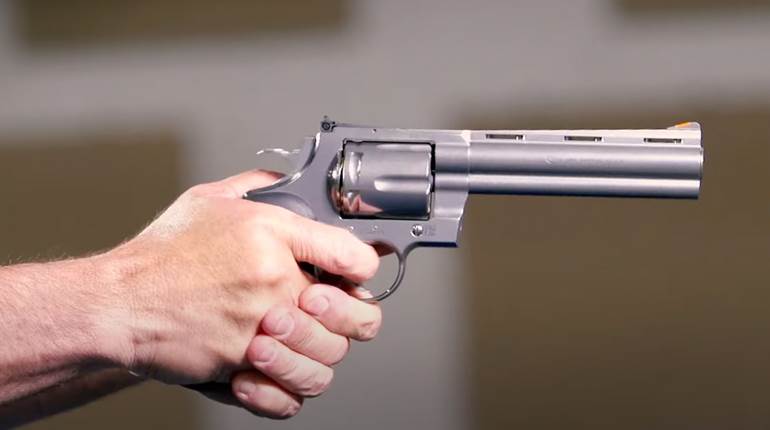The design was the brainchild of Paul Mauser, a German designer who had experience in the development of artillery. Mauser and his brothers worked on small arms designs and placed special interest on what was then the cutting edge of repeating military rifles, the bolt action. Mauser started working on his bolt action designs in the late 1860s, looking for a design to replace the Dreyse needle rifle design being used by the German States at the time.
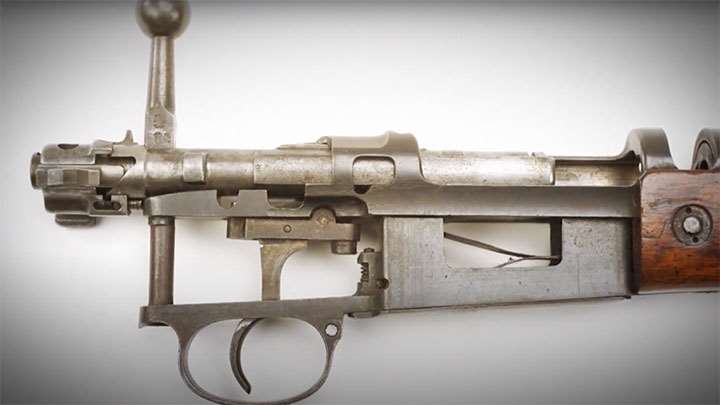
Through the decades leading up to the turn of the 20th century, Mauser continued to develop his bolt action rifle designs incorporating the newest trends of the time. Yet there was one key trend that was pursued in each successive design, user safety. Paul Mauser had lost an eye during an accident with one of his designs, which gave him a personal initiative to develop a rifle with several safety features that would prevent such injuries to users.

With each successive design Mauser added more safety features, until finally arriving at the Model 1898 chambered in 8 mm Mauser. The Model 1898's bolt featured three locking lugs, two at the front and an emergency lug further back. These lugs were designed to be sturdy and resist most overpressure issues, and the emergency lug would spare the user's face should a failure of the main lugs happen. There were also two gas relief holes cut into the receiver to vent out any excess gas safely away from the user.
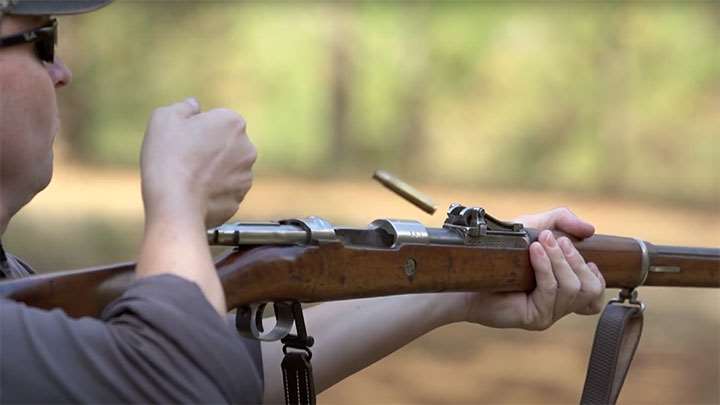
The bolt of the Model 98 mostly cocks on opening and fully clocks upon closing. The bolt also features a large "claw" extractor that grips the rim of the cartridge as it feeds from the magazine and into the chamber in a process called controlled round feed. This is a feature found on rifles like the Model 70 today. The receiver was beefy and designed to withstand overpressure of a failing cartridge upon firing, combined with the safety features to protect the user from such an incident. These features resulted in a strong, reliable and safe bolt-action design.
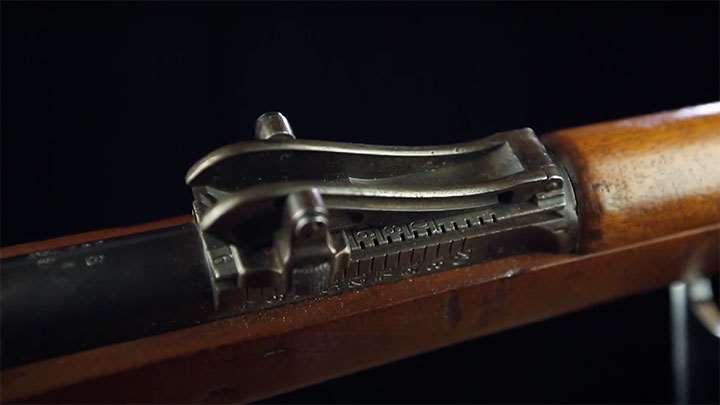
The Model 1898 was designed with a five-round internal box magazine and was fed by five-round stripper clips, which allowed a user to load all 5 rounds into the magazine with a single push rather than loading each round individually. A unique Lange Visir tangent sight was used on the Model 98, graduated for Spitzer rounds from 400 to 2,000 yds. The design was adopted by Germany in 1898 and designated as the Gewehr 98, becoming the standard service rifle of the German Empire. It's first use in combat with German soldiers was during the Chinese Boxer Rebellion in 1900.
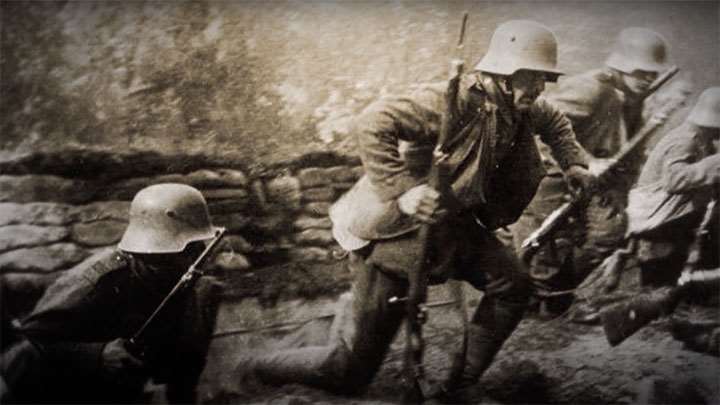
The Gewehr 98 was extensively used throughout World War I by German and Ottoman forces, where it proved to be an accurate and reliable military rifle. Around two and a half million rifles were in German inventory at beginning of the war, with another seven million of the rifles made throughout the course of the war. The design of the Gewehr 98 was modified slightly after the war into a shorter carbine version with a curved bolt, the Karabiner 98K, which would be Germany's primary service rifle throughout World War II.
To watch complete segments of past episodes of American Rifleman TV, go to americanrifleman.org/artv. For all-new episodes of ARTV, tune in Wednesday nights to Outdoor Channel 8:30 p.m. and 11:30 p.m. EST.

